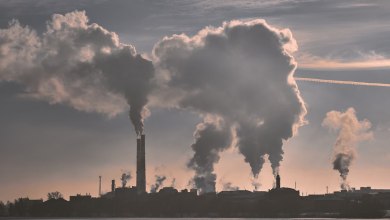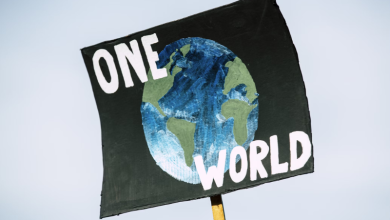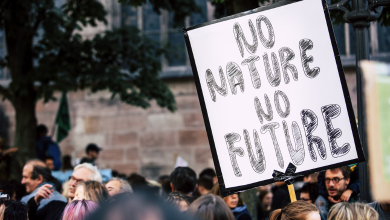Everything you should learn about Wimbledon setting clear sustainability goals

Organisers of Wimbledon, the only Grand Slam still played on grass, are intent on making the event genuinely green. They have set ambitious sustainability goals. The All England Lawn Tennis and Croquet Club (AELTC) has been adopting more environmentally friendly practices.
The club enlisted the help of sustainability consultants as early as 2009 in order to measure and mitigate its environmental impact. The goal is to reduce emissions from its operations to net zero and becoming a more resource-efficient organisation by 2030.
The private members’ club said: “Changes to our climate are accelerating and we have a responsibility to play our part, mitigating our own impacts, ensuring we have a climate resilient estate for the future and using our influence to support this important cause.”
Understanding Wimbledon’s sizeable carbon footprint
Wimbledon is a truly massive endeavour. Half a million people flood into London every year to catch on to the best tennis players across the globe compete at the Grand Slam. Organisers provide 234,000 meals, 53,000 balls and 40 miles of racket string over the course of 15 days.
Wimbledon is the UK’s most popular sporting event. Its carbon footprint is in the range of 35,894 tonnes of CO2e. Compared to Glastonbury Festival’s negative footprint, that’s a bad result. But it compares favourably to Euro 2020’s ridiculous 405,000 tonnes.
In just a fortnight, Wimbledon adds the equivalent emissions of 5,522 people to the country’s annual total. 84% of emissions come from fans travelling to the tournament. But there are several initiatives the annual tennis event has been introducing to reduce its carbon footprint.
Wimbledon’s focus on recycling and renewables
Wimbledon takes recycling very seriously, to the extent that it cuts the UK’s waste emissions during the tournament. The organisers send zero waste to landfill. Food waste is also collected, so it can be used as a high-quality fertiliser for farmers and gardeners.
Renewable electricity supports the Championships and the club’s operations. The AELTC plans to generate more clean energy on-site, ditching conventional generators and maximising the energy efficiency of existing buildings, equipment and appliances.
Organisers are looking for a way to ultimately eliminate the high dependence on gas for heating and cooking. The objective is to remove all gas equipment from kitchens by 2027. Keep an eye out as we deliver more updates on the only Grand Slam still played on grass.
READ MORE : UAE Net Zero by 2050 Strategic Initiative is more than just a plan for climate neutrality



